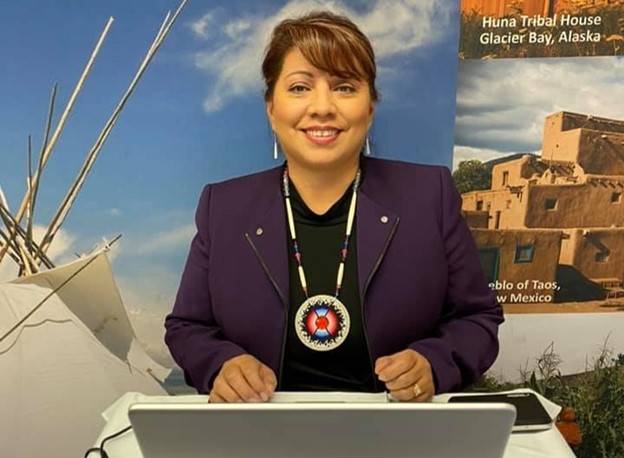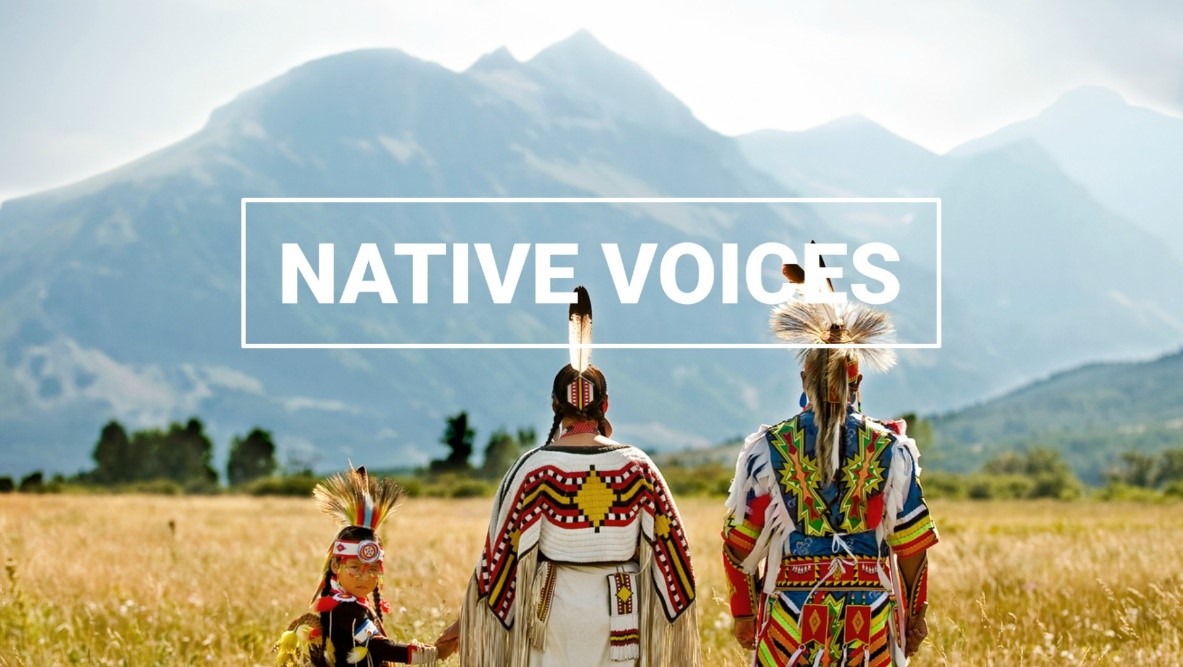News and Insights
Celebrating Native American Heritage Month Through Travel
November 23, 2020
I’ve always held an affinity for travel because it’s an opportunity to step into someone’s shoes, trying on their locale and discovering the things they’ve decided to plant themselves around. November is Native American Heritage month and for me, this brings memories from growing up in the American Southwest.
I remember the influence that Native American culture continues to have on the sights and culture of West Texas (El Paso, specifically) and my recent work in promoting GoUSA TV’s Native Voices Playlist (curated by our client, Brand USA) sparked again my wanderlust, this time to visit and learn more about the diversity within Native American culture. Fortunately, I was able to interview Sherry L. Rupert, CEO of American Indian Alaska Native Tourism Association (AIANTA) for a more detailed look into what makes this month so special. As CEO of AIANTA, Rupert is the leading voice when it comes to advocating for travel and tourism as a significant economic driver in tribal nations.
 Sherry L. Rupert, CEO of American Indian Alaska Native Tourism Association
Sherry L. Rupert, CEO of American Indian Alaska Native Tourism Association
FINN PARTNERS: What does Native American Heritage Month mean to you, and what do you wish more people understood about the importance of it?
SHERRY L. RUPERT: I think Native American culture still tends to be undervalued in the United States. Native Americans are often looked at from a historical perspective, when in reality, we are still here and offer some of the most unique and life-changing experiences to be had by visitors.
There are so many amazing cultural experiences in the U.S., and so many of them are under appreciated. Native American Heritage Month gives everyone a chance to remember that “American” history did not start with the arrival of the Europeans, but in fact dates hundreds and even thousands of years before that.
FP: Brand USA’s GoUSA TV “Native Voices” Playlist featured absolutely stunning content and really gives a look into the diversity within this community throughout the United States. Did you learn anything while reviewing the content that you didn’t know before?
SLR: The various videos reminded me of how important it is for visitors to seek out indigenous experiences that are actually narrated by Native Americans, Native Alaskans or Native Hawaiians. It is one thing to go to a National Park, for example, and hear about the tribes that inhabit the area. It is a much richer experience to absorb that information from a tribal member whose family has lived on that land and has passed stories and knowledge down from generation to generation. This provides an entry point into American history and culture that many travelers may not even know exists.

FP: Tourism is obviously a benefit in many ways, both to the destination and to the personal growth of the traveler. However, these locations hold special cultural value to these communities and should be treated with the utmost respect. What advice would you offer travelers wanting to explore these destinations?
SLR: A big mistake that some visitors tend to make is assuming they have a right to be in a place, forgetting that any visit to tribal land is granted with permission of the tribe. It is a privilege.
We hear time and time again about people just popping into someone’s home on tribal land without first asking permission.
Visitors should remember, these are not theme parks, but actual homes and should be treated with the same respect as you would offer when visiting anyone’s home.
The same goes for appreciating culture. These cultural ceremonies are deeply meaningful and oftentimes sacred to Native Americans. Many tribes are willing to share that with visitors, but visitors should always appreciate the cultural importance of these ceremonies.
FP: Why is it so important for travelers to keep visiting and learning about these Native American sites / attractions / communities?
SLR: There are more than 570 tribal nations throughout the U.S., and most of them have distinct traditions, culture, language and heritage. Just as you won’t have the same experience between Germany and France, so you won’t have the same experience between two tribal nations.
Even if you visit the same Native Nation multiple times, your experiences will likely vary each time you visit, especially if you visit in the company of a Native guide. Because so much of Native culture is passed down, usually verbally, from generation to generation, one Native guide may have a totally different take on what they choose to share.
Note: Here’s 5 Places to Experience Native American Culture from Brand USA
FP: In my opinion, one of the best ways to get to know a culture is through their food. There are so many stories that can be found behind any given dish and there’s something so beautiful about how food brings communities together. Are there any special dishes in particular that you feel really exemplify this concept?
SLR: Obviously, just as with any type of travel, the stories and experiences will vary from nation to nation. Salmon and fishing will play an integral role in coastal regions, while bison and buffalo are key to many of the plains nation.
However, historically, the Three Sisters is a key agricultural concept attributed to the Iroquois, that dates back more than 700 years, long before European settlers came to America.
The sisters—corn, beans and squash—were inter-planted (instead of in long crop rows), and the interrelated crops each provided support for the others to thrive. For example, the rough leaves of the squash plant helps keep animals away, protecting all three plants, while the bean plant adds nitrogen to the soil, creating a richer growing environment.
Today, there are many recipes that incorporate the three sisters, but for a traditional, healthy, vegan take, nothing beats the original three sisters stew.
FINN Note: Here’s a fun recipe to try!
For travel inspiration, head over to GoUSA TV’s Native Voices Playlist and make sure to reference AIANTA’s travel resource for experiencing Native America.
-
TAGS:
- Travel & Tourism